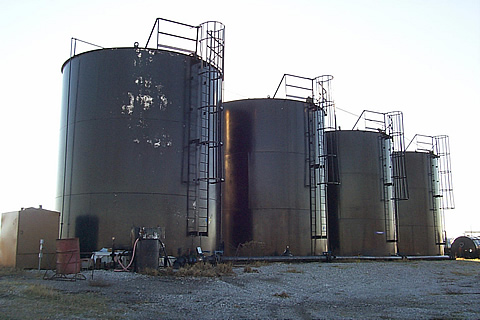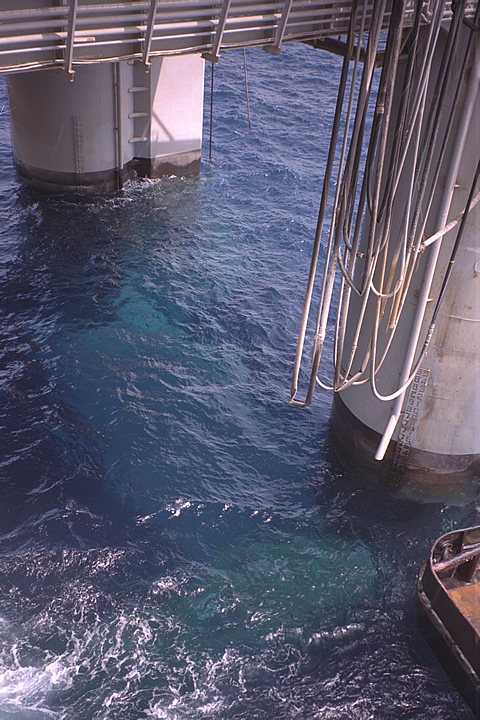Management of produced water presents technical, economic, and regulatory issues. Different produced water management approaches-discharge to surface water, injection for enhanced recovery or pressure maintenance, and injection for disposal, evaporation, and beneficial reuse-are utilized in different regions of the Nation. The cost of managing produced water ranges from less than 1 cent per barrel to several dollars per barrel. Considering the large volume of produced water that is generated each year (15-20 billion barrels per year in the United States alone), this is a significant expense for the oil and gas industry.
DOE is interested in better understanding many aspects of produced water management and in identifying technologies and approaches that allow for lower-cost water management. DOE is better able to assist the domestic oil and natural gas industry in managing its produced water safely and economically if it has a better-compiled and coordinated source of information on produced water.
Project Results
Argonne completed the white paper in January 2004 and the downhole separation report in November 2004. Argonne has made several presentations describing the new information and has incorporated new material from the white paper and the downhole separation report into its comprehensive water and waste regulatory issues and management technologies workshop.
Benefits
The produced water white paper provides an excellent overview of many important aspects of produced water and its management. The paper is detailed enough to provide good insights into the subject yet concise enough for DOE and its stakeholders to read in just a few hours. In addition to the text and tables, the white paper includes more than 100 references, many of which are documents written in the past three years. The timing of the white paper helped NETL management to develop a better understanding of produced water in advance of its January 2004 solicitation for produced water research. The white paper has served and will continue to serve as a source of coordinated produced water information for NETL and its stakeholders.
The downhole separation report has the important value of compiling data on more than 120 DOWS and DGWS installations around the world. This represents the most complete publicly available database on actual downhole separation installations. Although DOWS and DGWS technology are not currently being used extensively, this report provides historical information that will be valuable to future users and technology developers.
Project Summary
Argonne prepared a comprehensive white paper on the volume and characteristics of produced water generated in the United States, the state and federal regulatory requirements governing produced water, the technologies and approaches used to manage produced water, and the associated costs of management. The white paper served as a source of coordinated produced water information for DOE and NETL.
Argonne also identified and characterized the current status of downhole separation technology and attempted to quantify the opportunities for expanded use of downhole separation in the United States. Argonne reviewed past DOWS and DGWS installations to develop data on the types of producing and injection formations that have worked best with these technologies. In addition to preparing these formal reports, Argonne conducted extensive outreach, training, and technology transfer through presentations, publications, and information sharing.
Among the chief conclusions drawn from these efforts are:
- Produced water is the largest-volume waste stream associated with oil and gas production.
- Management of produced water can represent a critical cost component that affects the economic viability of oil and gas production.
- The produced water white paper provides concise and comprehensive information on produced water and ways in which it can be managed. This type of knowledge helps operators and regulators to be better informed and to select management options that can lower production costs and protect the environment.
- DOWS and DGWS technology has not been used extensively in 2004-2005, but the knowledge provided in the report will help future users and technology developers to use the technology to manage produced water more effectively.





